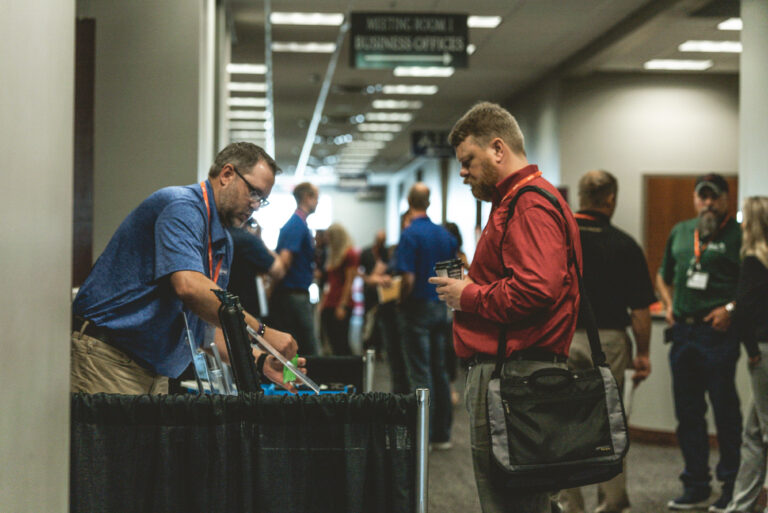“I have no idea why anyone would build a milking parlor over putting in robots.”
That’s the position of Brett Beavers of Carleton, Nebraska, who recently began operating one of only two robotic dairies in Nebraska. Beavers says the move can nip labor shortages in the bud,

diversify the farm, improve animal management, and give dairy farmers “a more normal lifestyle, like everyone else.”
“Robotic dairies are as much work for the owners,” Beavers told the Alliance for the Future of Agriculture in Nebraska (AFAN). “However, those hours now become flexible. We can now attend family functions in the evening, where before, we were tied to a rigid milking schedule.”
Beavers made the move from a traditional dairy operation to a 240-cow-capacity robotic one only after spending nearly four years planning the projects and touring 35 dairy operations.
“We felt the most profitable way to grow our operation was through livestock, but our old parlor and free-stall building were getting too aged, and I had goals to milk more cows than that facility would allow.”
 After doing extensive research, Beavers concluded he could make more money, long term, milking fewer cows with robots than milking three times as many cows in a parlor. Reducing stress of finding qualified labor and the accompanying savings in labor costs were plusses, as well. But setting up a robotic dairy is no easy task.
After doing extensive research, Beavers concluded he could make more money, long term, milking fewer cows with robots than milking three times as many cows in a parlor. Reducing stress of finding qualified labor and the accompanying savings in labor costs were plusses, as well. But setting up a robotic dairy is no easy task.
“For most dairies that go to a robotic operation, it involves construction of a whole new facility, designed for this type of operation, said Rod Johnson, director of the Nebraska State Dairy Association and senior industry-relations manager for Midwest Dairy Association. “That includes the free-stall barn, manure handling, ventilation and, of course, the robotic milkers and the milk-handling system.”
Here’s how Beavers set up his new dairy: “We relocated to a new site and built a climate-controlled cross-ventilation barn. By keeping the barn enclosed, we were able to keep the facility 20 degrees cooler than the outside temperature by using cooling pads,” he said. “Cooling pads are cardboard-type material that water passes through, and the fans in the barn suck the air through the pads, which provides evaporative cooling.”
Beavers has installed five robots, each of which handles a substantial job, milking about 60 cows per day. Each cow wears a transponder, so as she enters the robotic milking machine, the system knows who she is and how much milk she is expected to give. The transponders provide rumination and activity data, which provide information regarding heat activity and whether a cow might be sick. “If any cow needs attention,” Beavers said, “she is automatically sorted by the robot into the special-needs pen.”
AFAN asked Beavers what advice he might offer to other dairy farmers in Nebraska who might be considering the transition to a robotic dairy. “In normal situations, it takes about two years to plan, permit, finance and build. But I highly recommend taking your time and doing lots of touring.”
Johnson said that both robotic dairies in Nebraska – Beavers’ in Carleton and Bill Demerath’s farm in Plainview – have had positive results right out of the gate.
“Both had great success getting their cows adapted to the system,” Johnson said. “The milk production has been increasing, and the labor requirements have been reduced.
Beavers said he is thrilled with the outcome. “It undoubtedly will pay for itself financially,” he said. “I am already making plans to eventually expand our facility. Our site is designed and permitted with the Department of Environmental Quality to add up to seven more robots, and we have plans to do that down the road.”
While robots initially were believed suited for small dairies only, they are proving to be a fit for any size operation. “There is opportunity for dairies that transition to robots to stay in or expand in the dairy business, while enhancing their production, their personal time, and the future sustainability of their farms,” Johnson said.
Beavers agrees: “I believe robotic milking is the long-term future of the dairy industry,” he said. “And I feel the future is bright!”
